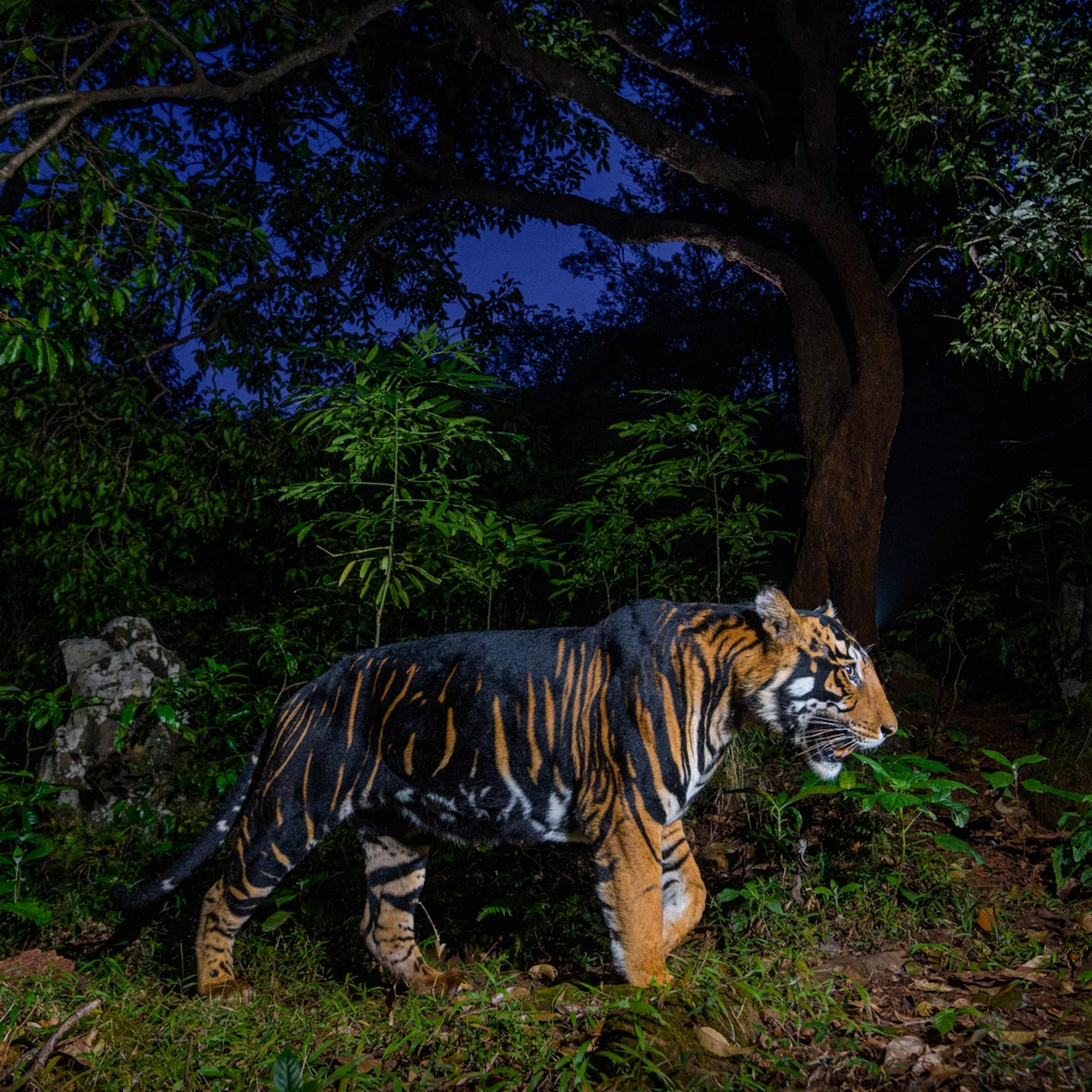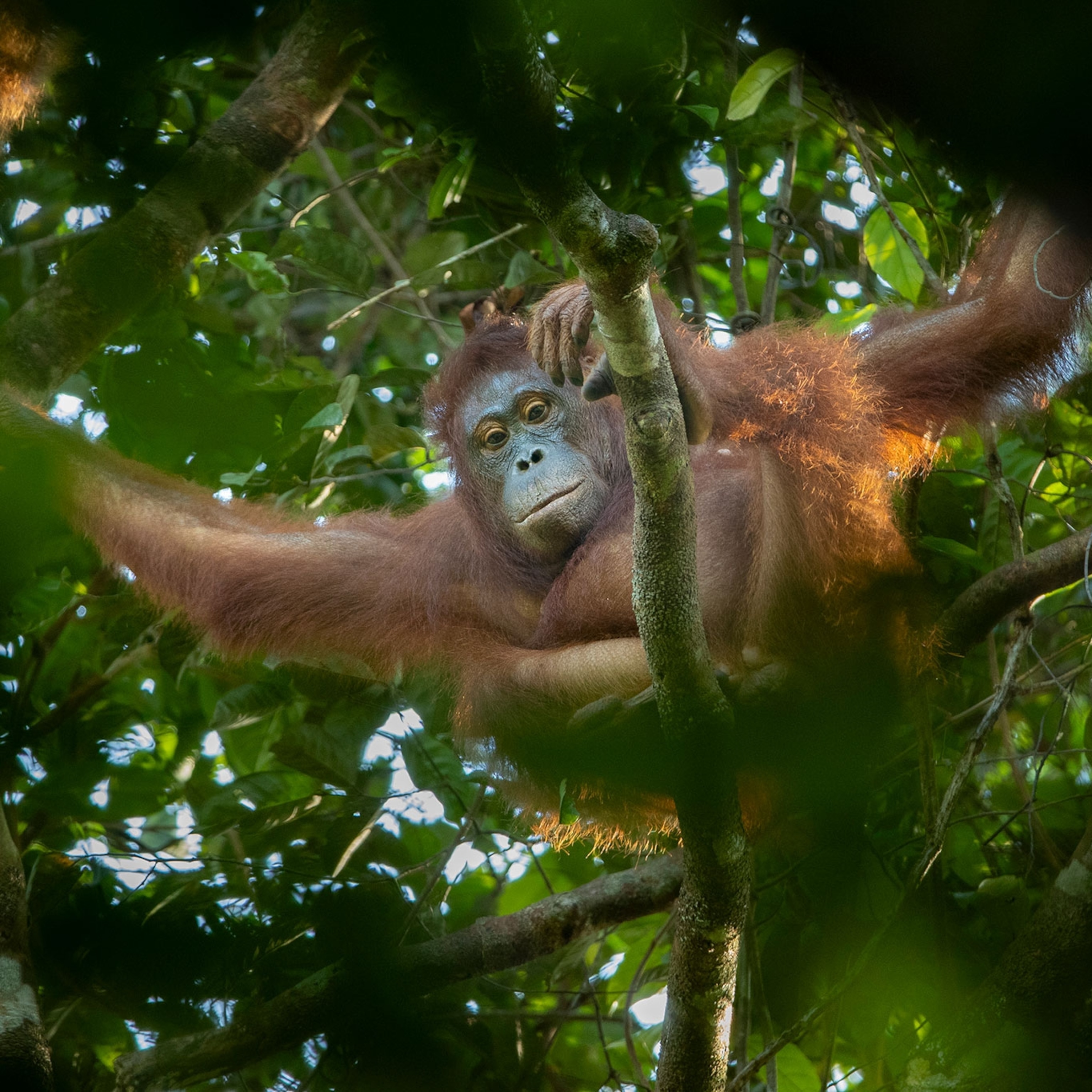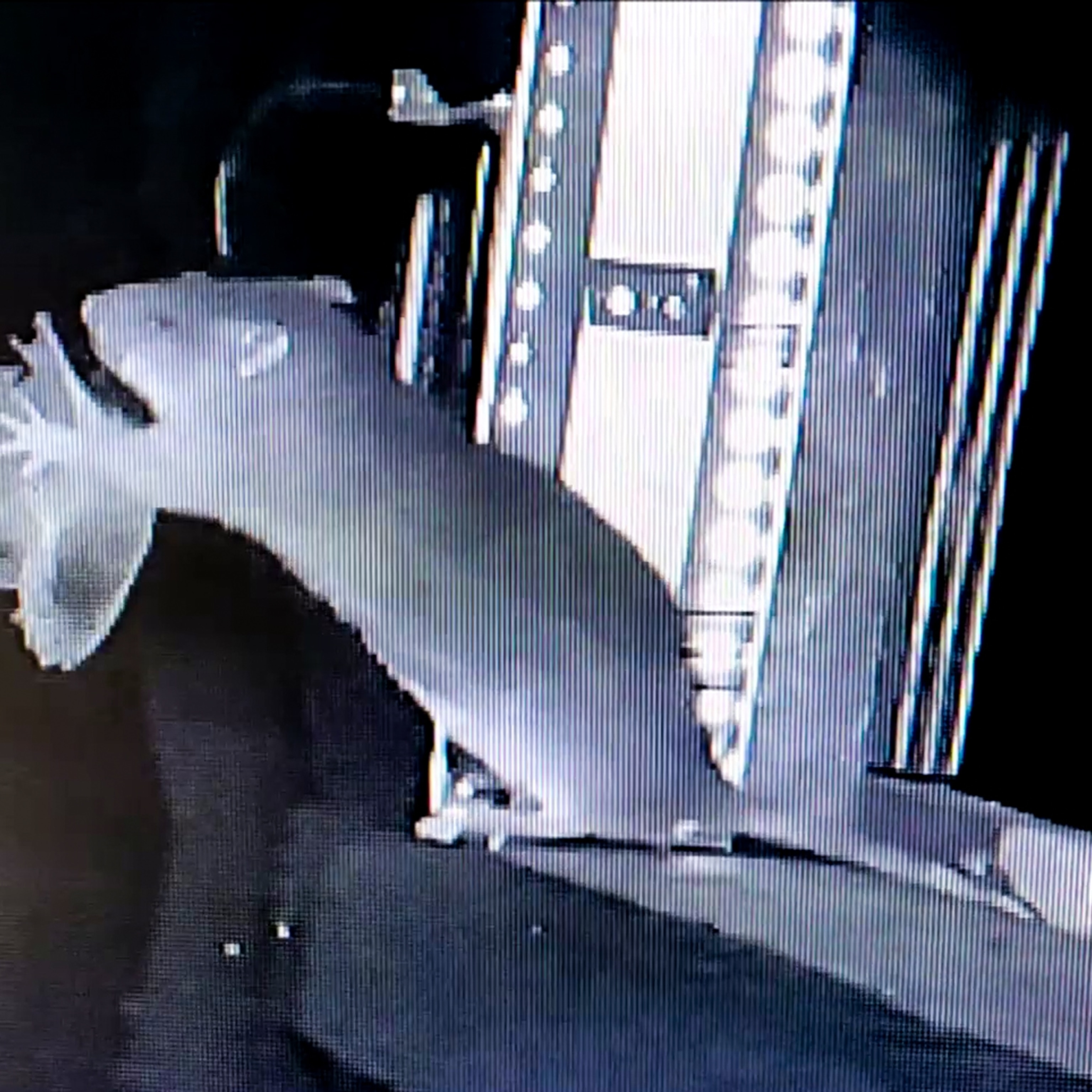
This mountaineering mouse is the world's highest-dwelling mammal
The yellow-rumped leaf-eared mouse can live from sea level all the way up to the peaks of Andean volcanoes, surprising experts.
The upper reach of Llullaillaco, the world’s second-highest volcano, is one of the most inhospitable places on Earth. The soil here, on this spire at the edge of the Atacama Desert, is red and Martian-looking. Though air temperatures rarely reach above freezing, the soil can get up to 90 degrees Fahrenheit under the sun’s intense glare.
(Spiny mice defend themselves with self-flaying skin and fast healing factors)
Strangely enough, this mountain peak that straddles Argentina and Chile is home to the world’s highest archeological site: A cache of almost perfectly preserved mummies.
American climbing buddies Matt Farson, an emergency medicine doctor, and anthropologist Thomas Bowen have voyaged to this peak three times, in part to get a look at this site.
In 2013, it led to an unexpected discovery: The world’s highest-dwelling mammal.
While scouting ahead and searching for the best route to the 22,110-foot summit one day, Farson saw something move. He turned to look as a mouse-like animal scurried across the snow.
At this point, at an elevation of 20,340 feet, he was bleary from the lack of oxygen—and genuinely concerned he might be seeing things. Luckily, he caught it on camera. “I hadn’t seen an animal since 16,000 feet... so to see something up there just made no sense,” Farson says.
A later expedition revealed the animal to be a yellow-rumped leaf-eared mouse (Phyllotis xanthopygus), a known species that lives in the foothills and mountains of the Andes, but can be found as low as sea level. (Meet the animals that thrive in extreme mountain conditions.)
That means the mouse has an unprecedented elevation range of more than 20,000 feet. “That wide of a range,” says Scott Steppan, a mouse expert and biology professor at Florida State University, “is extraordinary.”
“No other species does that,” says Steppan, who presented the unpublished finding in late June at the annual meeting of the American Society of Mammalogists in Washington D.C.

Setting records
Large-eared pikas, the previous record-holder, have been observed at 20,100 feet—more than 200 feet lower. There have also been sightings of yaks and blue-sheep around 20,000 feet, but this is outside of their known habitable zone. In this case of the leaf-eared mice, these individuals are thought to be part of an established population.
Farson wasn’t aware of the import of his sighting until he told Bowen. “It struck me that this was probably a major finding,” Bowen says.
The pair sought out Steppan, an expert in Andean mice, and they collaborated with another team that climbed up Llullaillaco in 2016. These researchers, including Steven Schmidt at the University of Colorado, Boulder, found another mouse that year, and collected a DNA sample from the soil outside the rodent’s hole.
It was an exact match with the yellow-rumped leaf-eared mouse. “Each of the seven DNA fragments fell out in the exact place in the phylogeny,” Steppan says. “I was actually totally shocked that it was so precise.”
The finding adds intrigue to Llullaillaco, which already has one of the highest-elevation lakes, the mummies, and unique microbes.
The comparison to Mars is also not a stretch: Schmidt and colleagues have been studying microbes here for years, which somehow survive in a soil whose surface can swing 125 degrees Fahrenheit in a single day—and these microorganisms help them understand how life might be able to survive on another less hospitable planet.
More questions
The discovery raises many questions. Why do the mice live at such a high elevation, where there is half the oxygen found at sea level? How do they survive in such conditions, where it also dips down to temperatures of minus 60 degrees Fahrenheit in the winter? And what do they eat?
As for the last question, the climbers found almost no plant life that might provide sustenance, besides bits of lichen and plant chaff blown up from lower elevations. This windblown debris, Steppan guesses, is probably their main source of food—but doesn’t seem very substantial.
Jay Storz, a biologist at the University of Nebraska-Lincoln, studies deer mice, which also span from sea level to elevations above 14,000 feet; they are basically the North American equivalent of leaf-eared mice, he says.
These animals are able to survive at high altitude through “a whole suite of physiological changes,” such as slower muscle metabolism and a specialized cardiovascular system, says Storz, who wasn’t involved in the Llullaillaco finding.
“One thing that’s clear is that it’s not just one particular trait,” says Storz, who will travel to the mountain in 2020 to look for the leaf-eared mouse. “It’s typically a whole constellation of changes together that enable the animals to function under extreme conditions.”
Looking forward
The finding is “completely unexpected, and one, therefore, that deserves critical research on this animal as well as focused field research in other similar areas around the globe to parallel cases, like the Himalayas,” says James Patton, an emeritus professor at the University of California, Berkeley, who also wasn’t involved in the research.
He added that the small size of the mouse suggests that the creature is the young offspring of parents from an established population, and not a one-time occurrence or straggler. That’s backed up by the second live sighting by Schmidt’s team in 2016, and Farson’s observation of a “mummified” mouse there in 2011. (See photos of high-altitude cities around the world.)
Patton marvels that a mouse could survive here, and is excited to hear more about how this is possible. “Amazing, to put it lightly.”








